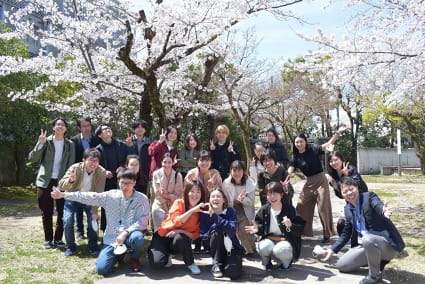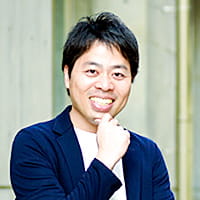Research summary
Research outline

All living things on the earth are composed of cells. In the process of evolution from unicellular organisms to multicellular organisms, tissues were formed by subdividing and assembling the functions of each cell. The various types of cells that constitute the tissues express each function while they undergo proliferation, differentiation, and death, depending on their situations. In the human body, about 10 billion unwanted cells are eliminated by cell death every day, and about the same number of cells are produced at the same time to dynamically maintain organ homeostasis. We define this process as homeostatic “tissue renovation” Defects in elimination of unwanted cells contributes to development of human diseases such as autoimmune disease, organ dysfunction, and cancer.
On the other hand, in the adult brain, neurons cannot easily undergo cell death because each cell contributes to the formation of neural circuits and neurons cannot proliferate. In order to maintain the homeostasis of brain functions, neurons became successful to compartmentalize the cellular region, and thus unwanted materials or compartments such as synapses, dendrites, and axons are efficiently eliminated through engulfment by phagocytes. We define this process as “cellular renovation” Defects of renovation in brain causes neurodegenerative diseases and psychiatric diseases.
Currently, we are studying how unwanted proteins, compartments, or cells appear and are recognized and eliminated by biological systems while focusing on lipid dynamics and engulfment. Because elimination of unwanted materials or cells from body during ageing is critical for maintaining tissue function, we also try to control the process by synthetic approach.
Simultaneously, we investigate how lipid dynamics is regulated by specific proteins because lipid dynamics is critical not only to remove unwanted cells or compartments, but also to regulate various biological phenomenon such as sperm capacitation, stress response, immune regulation, and lipid synthesis in cellular organelles. To reveal mechanisms of these phenomenon, unbiased screening approach is indispensable.
Through development of screening technique, we will seek to explore the new fields of biology, contribute to understanding, diagnosis and treatment of human diseases, and maintenance of health. Let’s enjoy researching with us.
Main themes
- Molecular Mechanisms of Cellular Renovation
- Molecular Mechanisms of Tissue Renovation
- Dysfunction in Renovation and Diseases
- Lipid dynamics of plasma membrane and cellular organelles
- Developing unbiased screening system
Member
|
SUZUKI, JunProfessor |
suzuki.jun.6x*kyoto-u.ac.jp See faculty information |
|---|---|
|
MARUOKA, MasahiroProgram-Specific Junior Associate Professor |
mmaruoka*icems.kyoto-u.ac.jp |
- Please note that the @ symbol has been replaced by *.
Access
Main Campus, Kyoto University Institute for Advanced Study (KUIAS) Institute for Integrated Cell-Material Sciences (iCeMS) Research Bldg.


